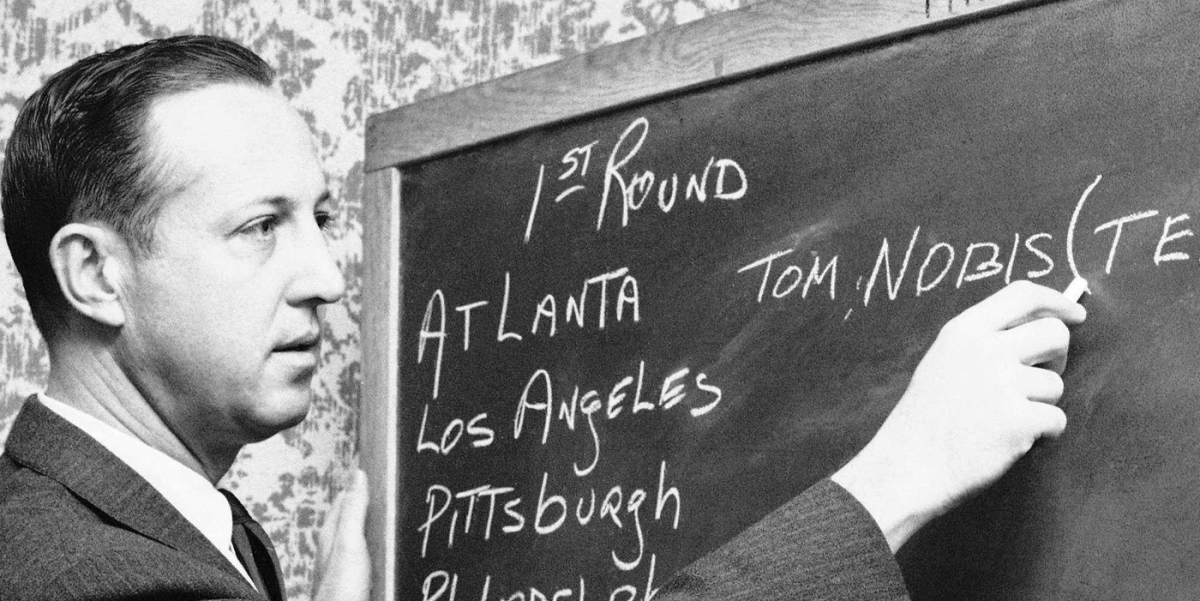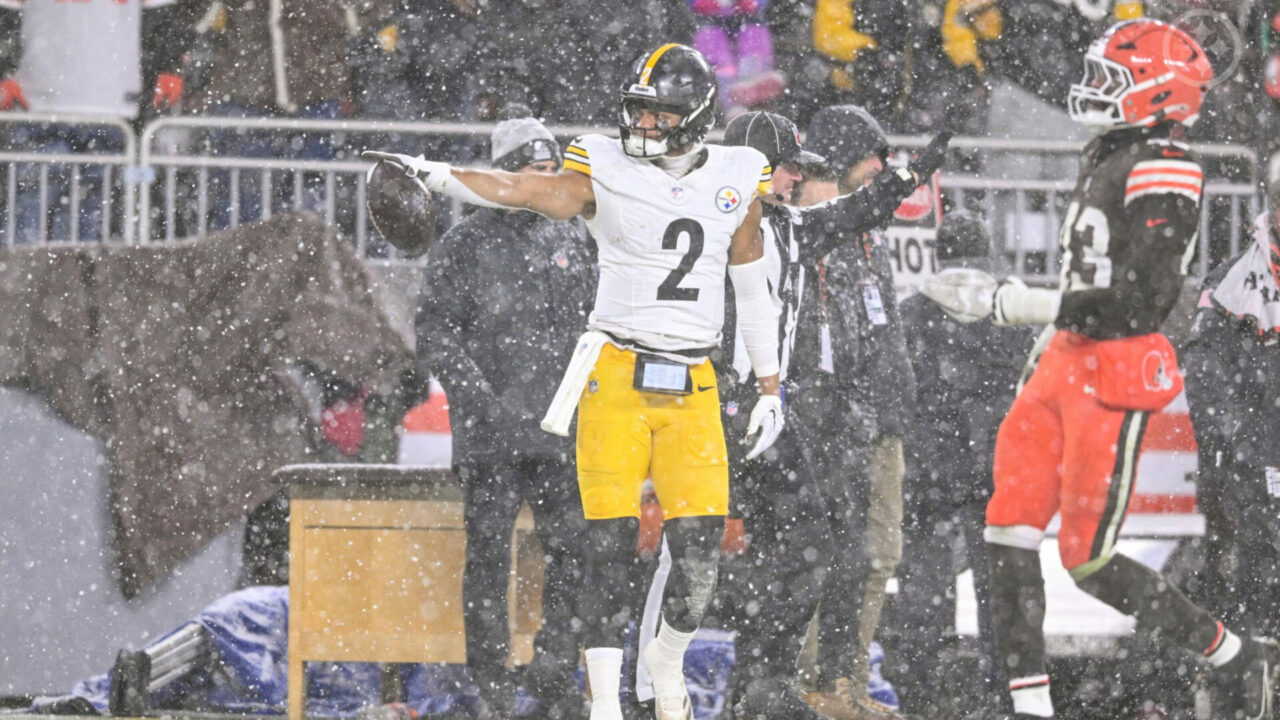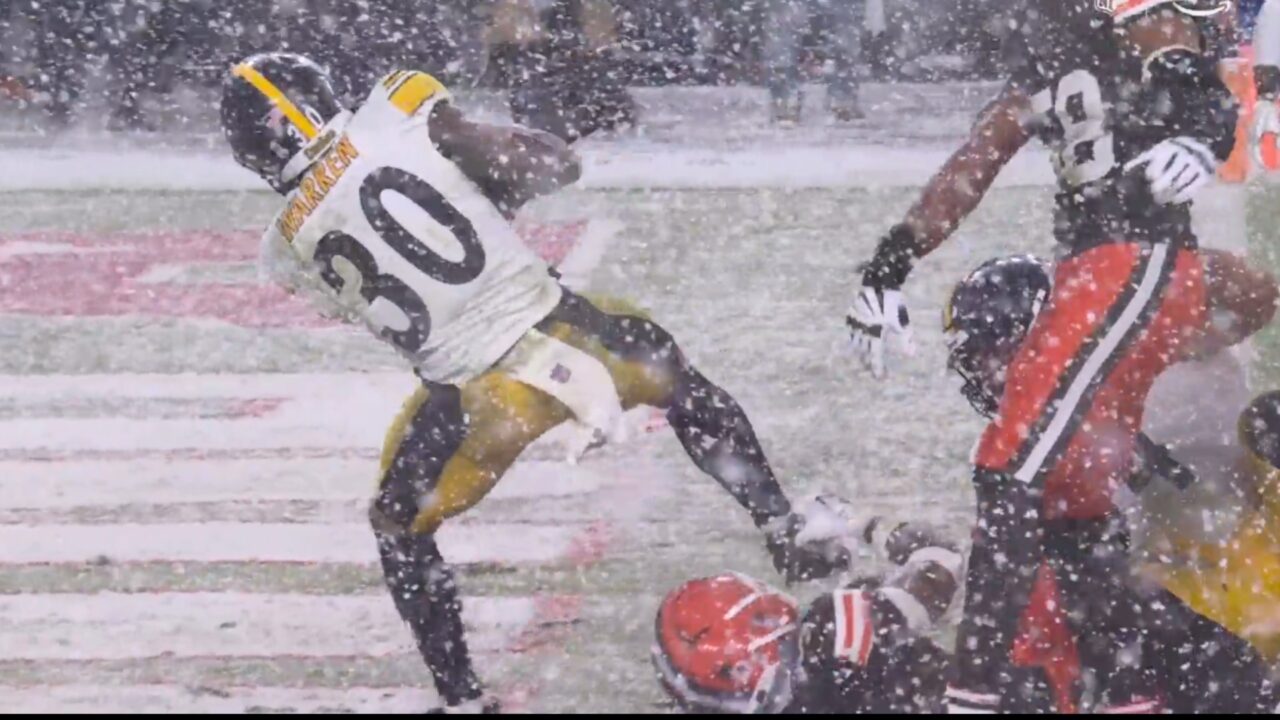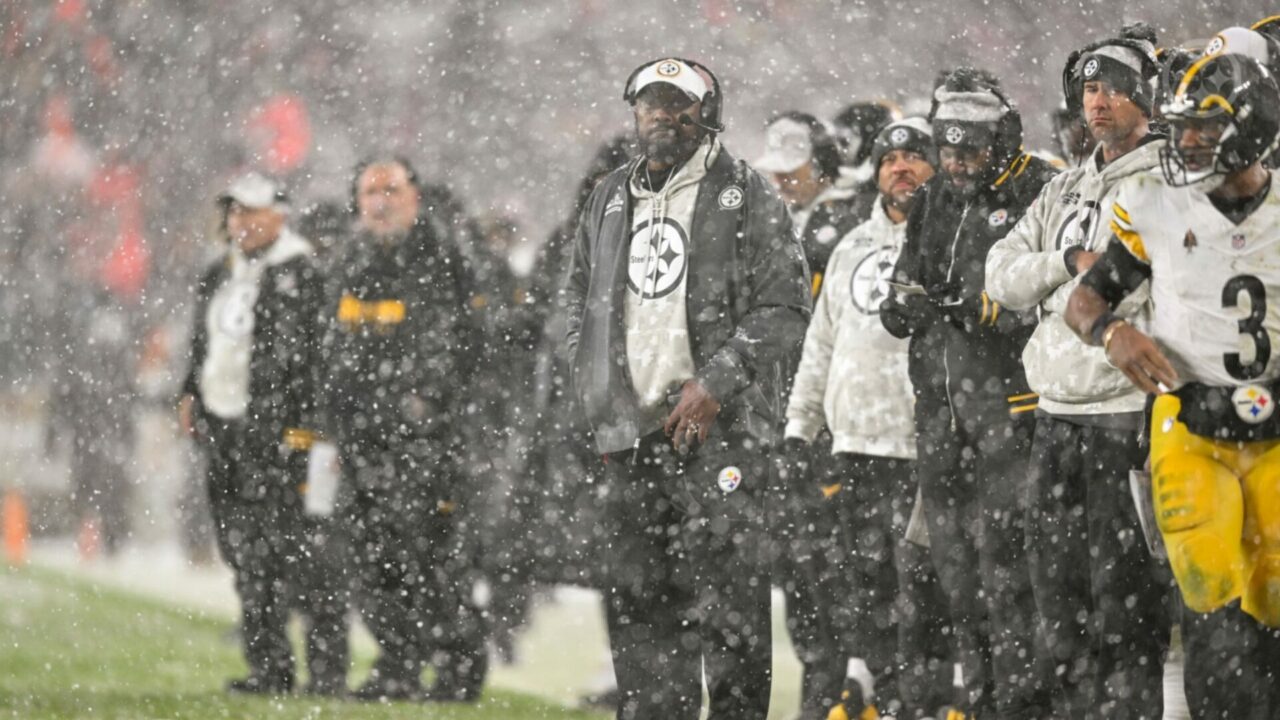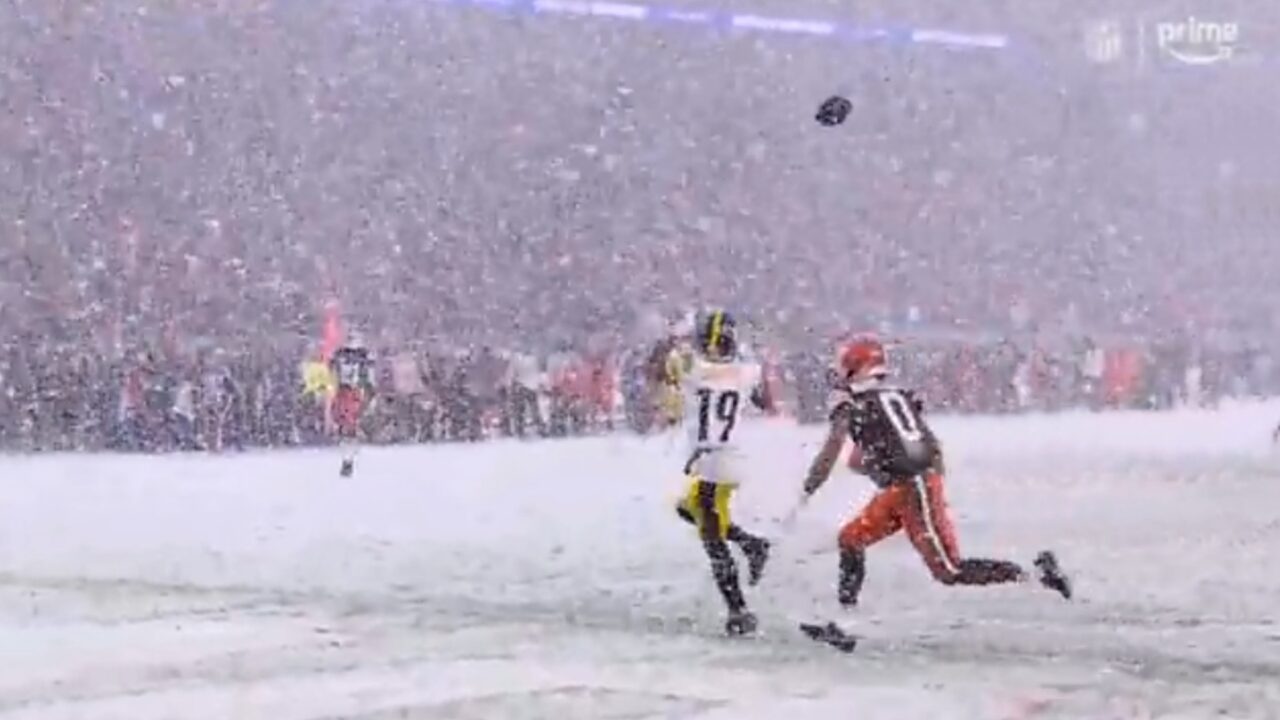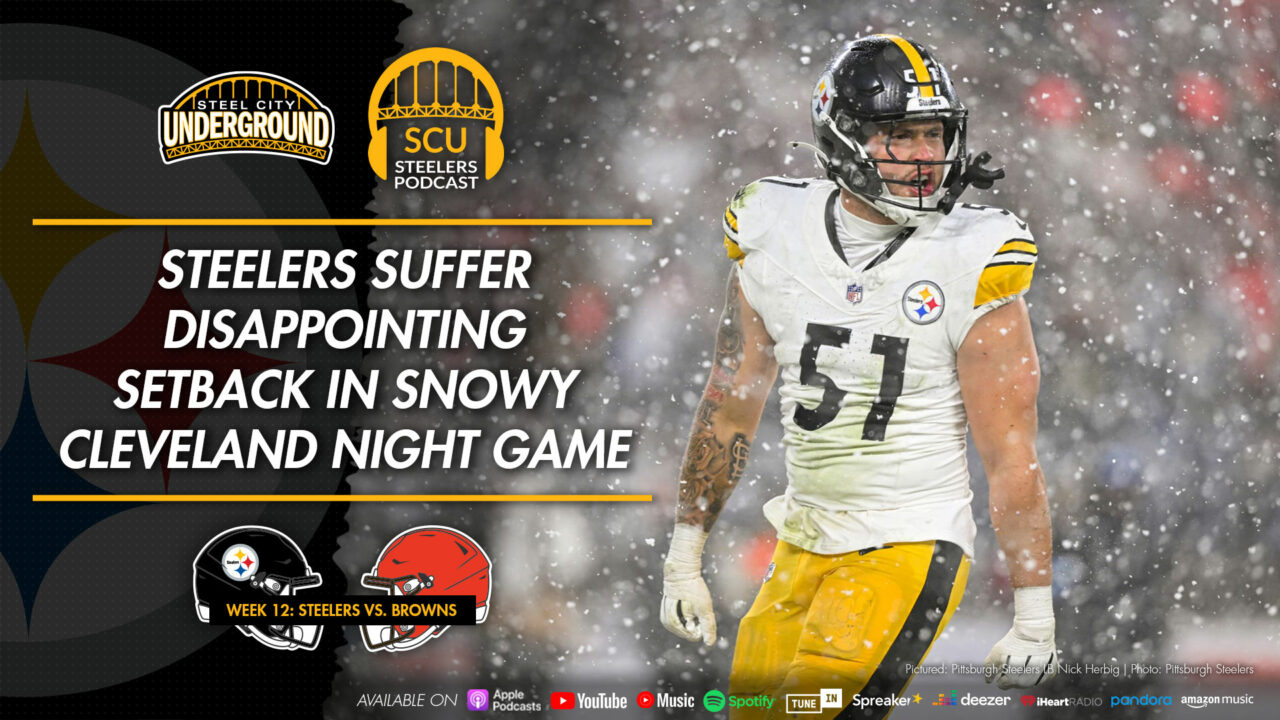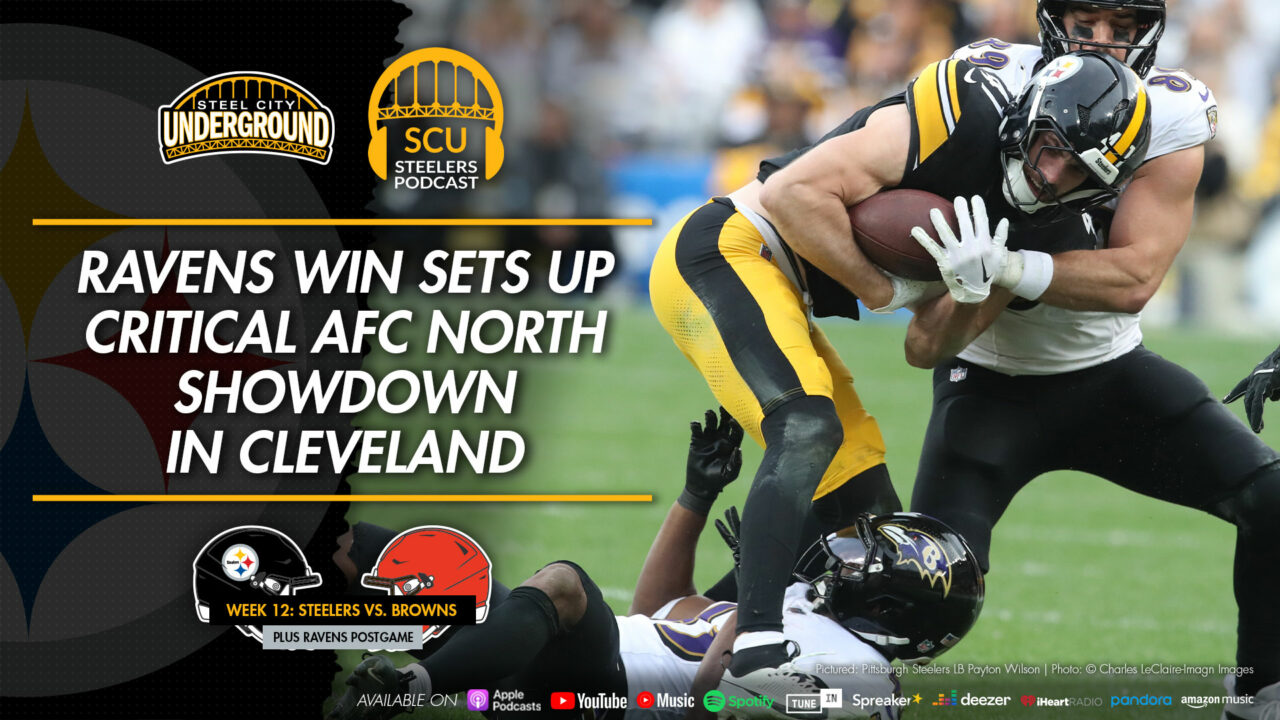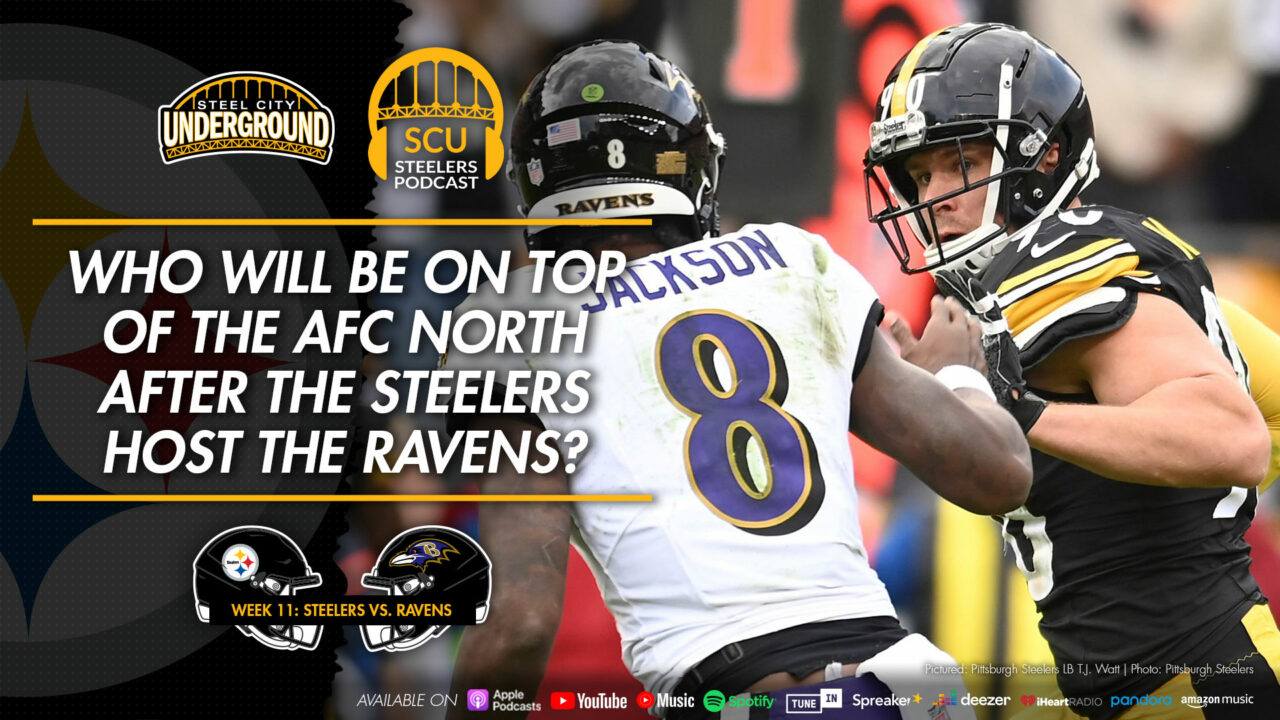Steelers Throwback Thursday: History of the first Steelers, NFL Draft
Steel City Underground presents “Steelers Throwback Thursday” featuring plays, stories, and recaps from recent seasons which you may have forgotten about! Now we’re “bringing them back!”
As the draft season concluded a few weeks ago, this week we are remembering the steps taken to kickstart the first NFL draft 85 years ago. On May 19th, 1935, the NFL – who had previously allowed players to sign with any club – approved and adopted the first annual draft of collegiate football players on the recommendation of Bert Bell: a captain of the Penn football team, former Pittsburgh native, owner of the Philadelphia Eagles (1933-40), co-owner of the Pittsburgh Steelers (1941-46), and NFL Commissioner (1946-59).
The first NFL draft was then held, with Paul Tagliabue as commissioner, on February 8th, 1936, at the Ritz-Carlton Hotel in Philadelphia, Pennsylvania. The Eagles had the first pick as they hosted the first-ever NFL draft. It consisted of nine rounds.
On this day in 1935, the NFL adopted an annual draft of college players, with teams selecting in an inverse order of their previous season standings.The first draft was held on Feb. 8, 1936 with the Eagles selecting Heisman winner Jay Berwanger with the No. 1 pick.
— Gil Brandt (@Gil_Brandt) May 19, 2020
The Eagles selected Jay Berwanger with the first-ever NFL draft selection in 1936; a halfback out of the University of Chicago that had just won the Heisman Trophy (formerly called the Downtown Athletic Club trophy). Interestingly enough, Berwanger never played a down in the NFL as his rights were traded to the Chicago Bears shortly after the selection. Chicago could not meet the demands he was asking at $1,000 per game; Berwanger missed a chance at running the decathlon as an amateur in the 1936 Summer Olympics and could not make any future agreements with Bears owner George Hallas.
That made Riley Smith, drafted second overall to the Boston Redskins, the first drafted player to play in the NFL.
The Pittsburgh Pirates selected halfback, Bill Shakespeare, out of Notre Dame with the third overall pick. As the family claimed to be descendants from the famous writer, William Shakespeare, Bill earned nicknames such as, “The Bard of Staten Island” and “The Merchant of Menace.” He also failed his sophomore year of English at Notre Dame, adding to his story as a claimed descendant of William Shakespeare.
On this day in #SteelersHistory in 1936, HB/P William Shakespeare was our first ever draft pick in the first official NFL Draft. pic.twitter.com/FqKxo2Wuxd
— Pittsburgh Steelers (@steelers) February 8, 2017
The draft was instituted to try and stop bidding wars between owners and players as they came from college. In discussions, the NFL decided to award the first pick to the last-place team of the previous season and go in reverse order from there. This was also the only draft to ever host nine rounds, as the 1937 draft moved up to ten.
Innagural NFL Draft selections by Pittsburgh
| Rnd | Pick | Player | Pos | College/Univ | |
|---|---|---|---|---|---|
| 1 | 3 | Bill Shakespeare | B | Notre Dame | |
| 2 | 12 | Len Barnum | B | WV Wesleyan | |
| 3 | 21 | Bobby Grayson | B | Stanford | |
| 4 | 30 | Truman Spain | T | SMU | |
| 5 | 39 | Dick Sandefur | FB | Purdue | |
| 6 | 48 | Maurice Orr | T | SMU | |
| 7 | 57 | Marty Peters | E | Notre Dame | |
| 8 | 66 | Ed Karpowich | T | Catholic | |
| 9 | 75 | Joe Meglen | B | (none listed) |
Note: “B” stood for “back”, which could mean running back or even a receiver as players often played multiple positions in early pro football, including both sides of the ball (offense and defense). In 1941, for example, Barnum (drafted by Pittsburgh) was playing as a “QB” or quarterback for the Giants. Karpowich, mainly an offensive lineman, had minimal receiving and rushing stats during his career in Pittsburgh. Paul (Bear) Bryant, listed as an “E” for the Brooklyn Dodgers football club, was lined up outside the tackles on either end of the offensive line and utilized mainly to block and catch passes; Bryant never played a down in the NFL but would later become a famous collegiate football coach. For more about the positions, click here.
